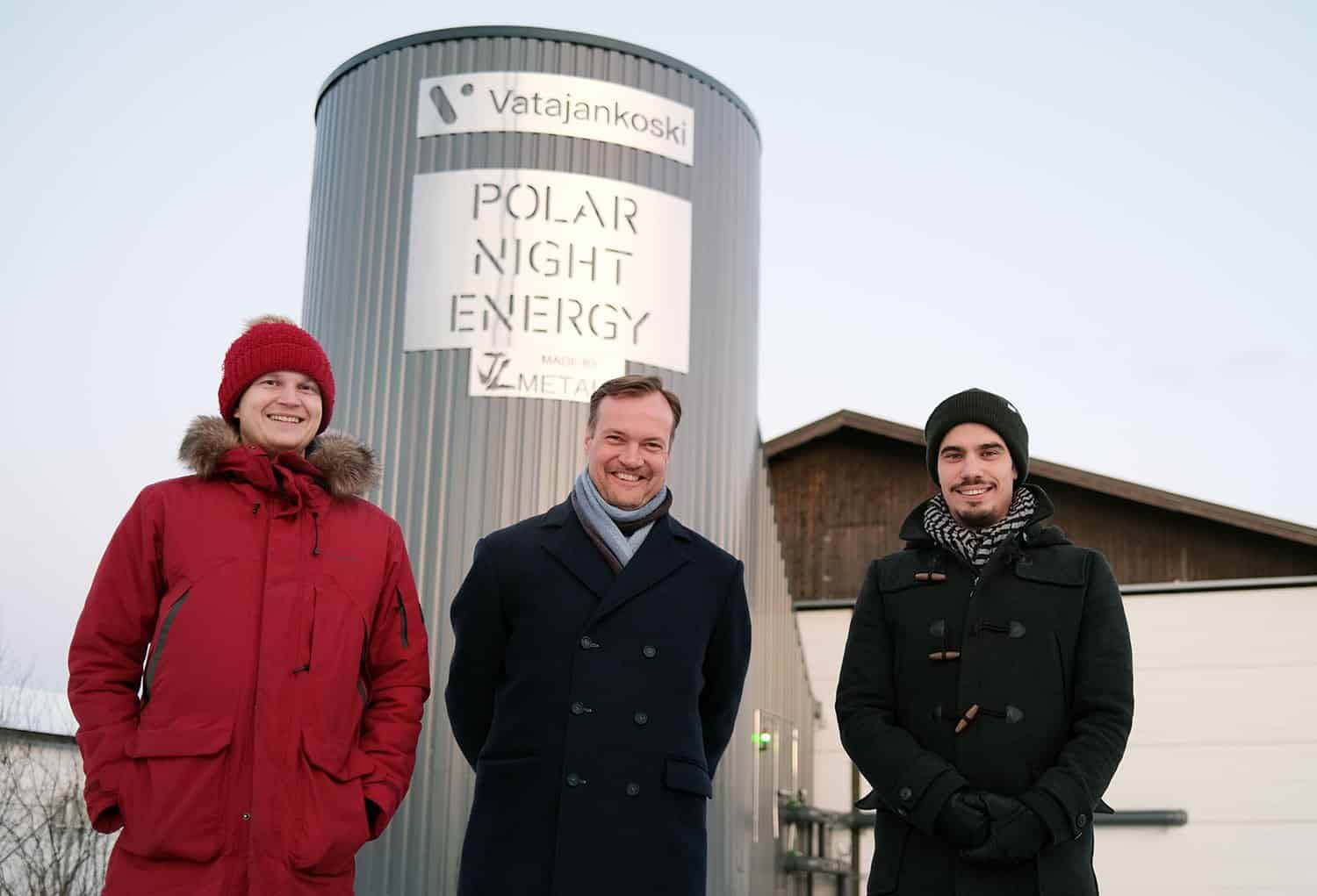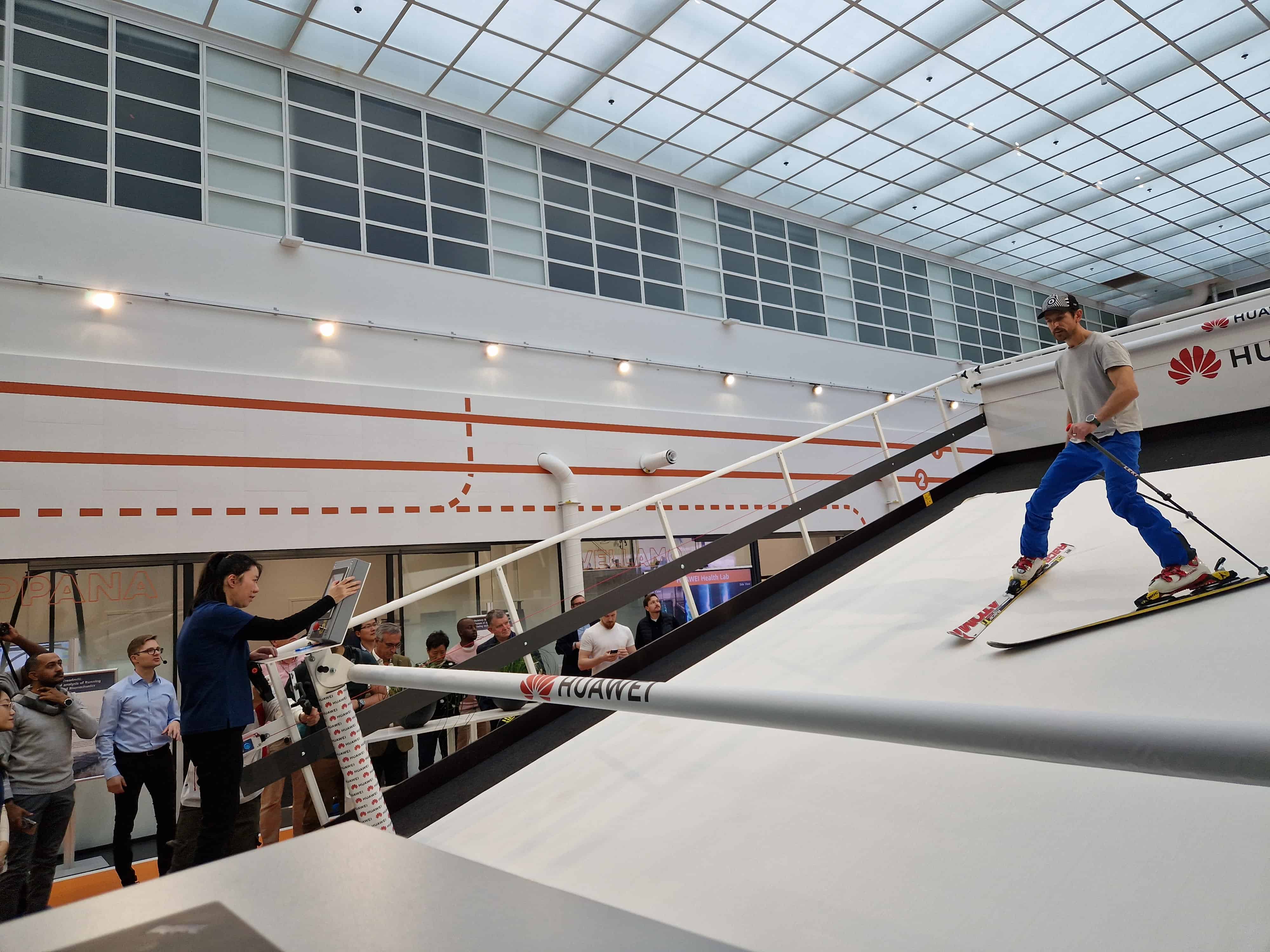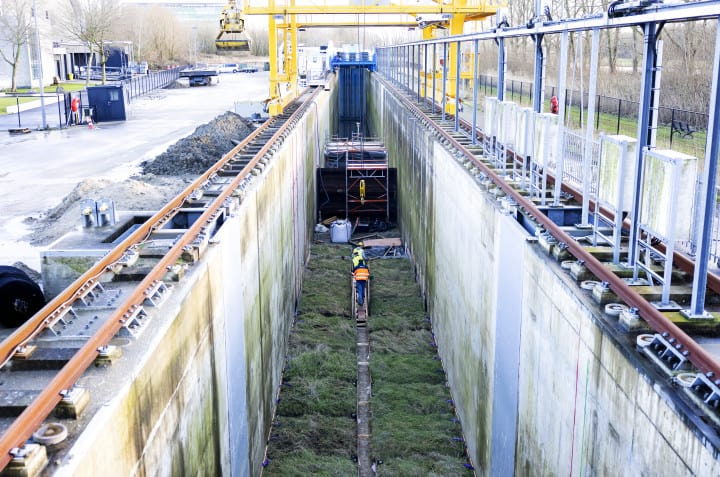
Ice cold seawater is going to ensure that Finns will make it through these cold winter months snug and warm. This is because Helsinki has recently begun a sustainable heating project that uses seawater to heat homes. The plans are in place, but the system is not quite ready yet. For the next two years, the project will still be in the development phase. Then it will take another five years before the system is fully operational. It is also not exactly inexpensive as it is going to cost €400 million.
All of Europe is hard at work looking for new renewable energy sources. After all, the EU must be completely climate neutral by 2030. Helsinki is heavily dependent on fossil fuels. This dependence has grown all the more stronger following the price hikes since the Russian invasion of Ukraine. “So, the project comes at a sensitive time,” project developer Fernando Vara notes.
At present, the majority of households in Helsinki are heated by means of a central heating system. This system uses coal and natural gas to produce heat and electricity. “In fact, in 2021, fossil fuels accounted for more than 75 percent of the city district heat production,” according to research conducted by Helen, Helsinki’s largest energy company. On the upside, the new technology should ensure that 40 percent of households will eventually be able to be heated by seawater.
Getting to the bottom of things
It all starts with a tunnel underneath the Baltic Sea spanning no less than seventeen kilometers in length. The plan is to collect water at a constant temperature of 2 °C. A process that is continuous, which also means during the cold winter months when the sea surface is frozen over. “Heat exchangers can extract about 1.5 °C of heat from seawater, which is then pumped back into the sea through another tunnel,” Jaakko Tiittanen, project manager at Helen, explains.

“The captured energy is then reprocessed through a heat pump to reach a temperature between 80 °C to 95 °C. This is high enough to be used for the district heating network. The capacity of this water pump is as much as 500 megawatts. To extract enough hot water in the winter, we have to go as deep as 50 to 70 meters.”
Too shallow
“A heat pump uses temperature differences to effectively produce more energy than you put into it,” clarifies René Peters, energy expert at the Netherlands Organisation for Applied Scientific Research (TNO). “You have to go that deep to get it out of the sea, but the North Sea is fairly shallow. Near the Dutch coast the sea is about 30 m deep. The temperatures here are unsuitable for using this technology.”
Also, they have a much more favorable climate in Scandinavia for an installation like this. “In the North of Europe, they have to deal with temperatures around freezing much more often than we do here. Therefore, I think a solution like this is only fit for countries with a very cold climate, like Finland, for example. Now it is also quite cold here, but still generally around 5 °C or so. Then you might as well use a standard heat pump that draws heat from outdoor air,” according to Peters.
Offshore innovation
The supply of seawater is practically limitless there. That makes it extremely well suited as a sustainable and fossil-free source of energy. In Peters’ view, we would be better off relocating power generation out to sea. And things are already moving at a pretty fast pace where offshore developments are concerned. Artificial energy islands, floating solar parks and even wind turbines that produce hydrogen have already been built offshore. Plus, we are also already extracting heat from seawater.
“In an indirect way, we are using the same trick as the Finns, but just in a different way. When we produce hydrogen from those ocean currents, you also produce a lot of heat. In other words, we will soon also have a lot of sources of heat that come from hydrogen production. Because 30 percent of the electricity you use is converted into heat. So later on, once we get these big heat grids up and running in the cities, they can also be fed with waste heat from offshore industry.”







